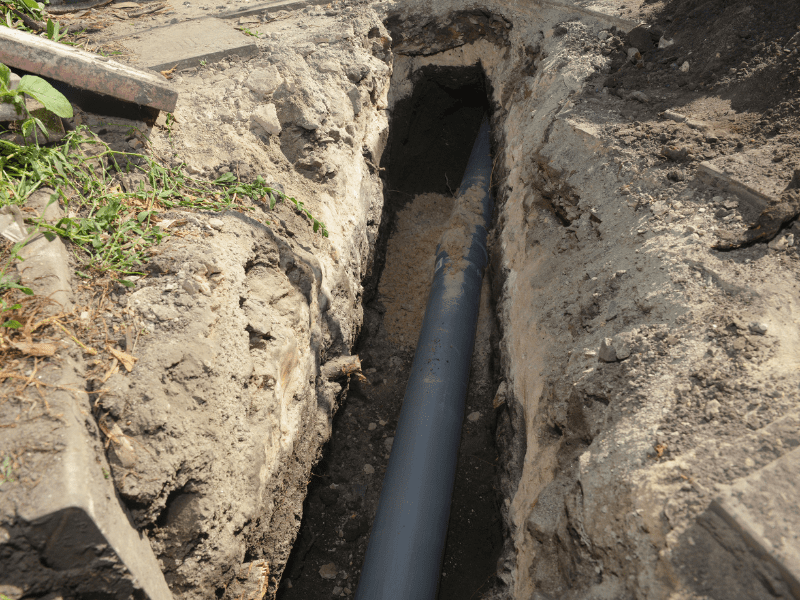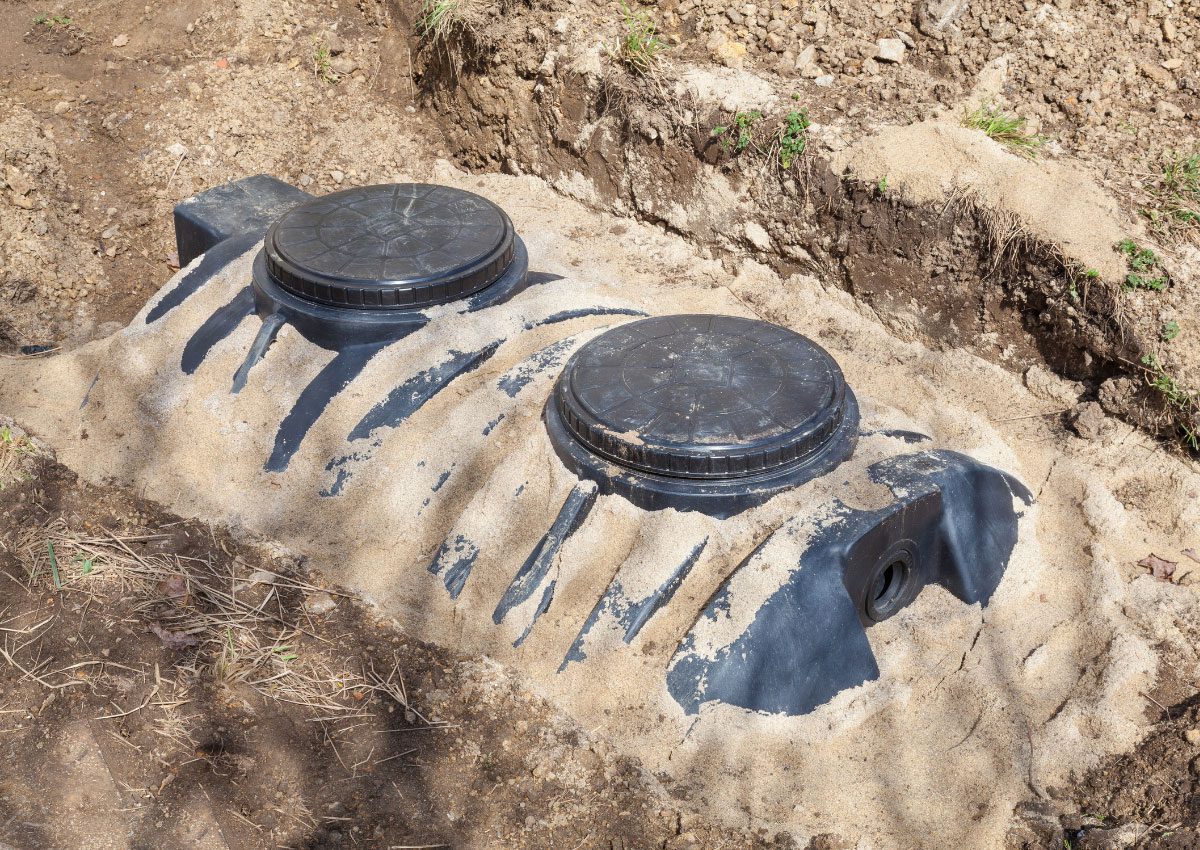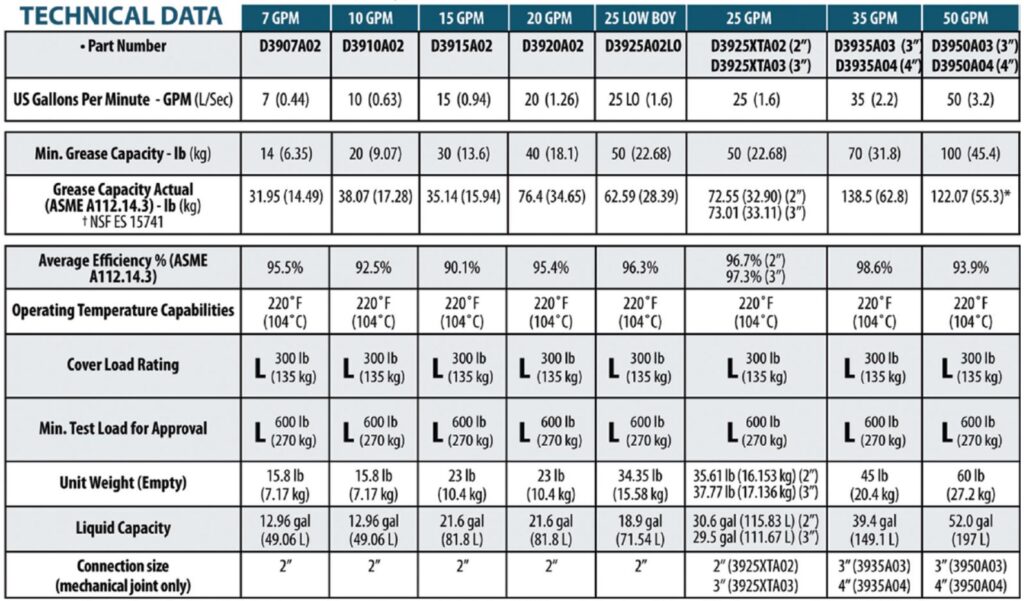
When you purchase a new home, it’s important to locate many useful features inside, like your electrical panel, water shut-off valve, and AC handler. However, it’s also a good idea to know the location of your sewer line, which carries wastewater away from your home. Knowing its location is extremely helpful for repairs, maintenance, and more.
What is a Sewer Line?
Every drain in your home, from your showers and toilets to your washing machine, leads to one main sewer line. The sewer line then carries wastewater to your city’s wastewater system or a septic tank on your property. Because all of your wastewater flows into your sewer line, if it is clogged or damaged, your entire plumbing system will be impacted.
Reasons for Locating Your Sewer Line
While sewer lines perform an essential plumbing task inside our homes, most homeowners do not know where their sewer line is located. However, there are a variety of reasons to know your sewer line’s location. Some of these reasons include:
- Quickly resolve plumbing issues
If you notice slow drains or even backups in your sinks or showers, this could indicate a clog or damage in your sewer line. If any of these plumbing issues are caught early, you may be able to avoid costly repairs. Occasionally, however, damage to the sewer line could quickly lead to more serious issues. When you know where your sewer line is located, you can quickly access and repair the line.
- Dig safely
Whether you are planting some new azaleas or installing a pool, there will be times when you need to dig up a section of your yard. While most sewer lines are buried at least 12 to 18 inches below ground, those depths could shift naturally over time. Before you pull out your shovel, it’s important to know where your sewer line is located. A sharp jab of the line with a shovel could be enough to rupture the pipe and lead to yard flooding.
- Easy maintenance and inspection
If your home uses a septic tank, you should be scheduling regular maintenance and inspection of your entire septic system. Knowing where your sewer line is located will save your septic technician or plumber time, and they’ll be easily able to access the line if repairs are needed.
Methods for Finding Your Sewer Line
Start with the Sewer Cleanout
The sewer cleanout is an access point for your sewer line, and it’s often easy to recognize. Many sewer cleanouts are located outside, while others are located indoors, typically in the basement, crawlspace, or garage. Look for a white pipe, about 4 inches in diameter, with a square knob on the top. Once you’ve located the cleanout, you can usually trace a line to the main municipal line or your septic tank.
Start at the End of the Line
If you know where the sewer line connects to your home, your city’s wastewater system, or your septic tank, you should be able to trace the line to its other endpoint. If you have a basement or crawlspace, you should be able to easily follow the interior pipes in your home to a single sewer line that exits the home.
Review Property Records
You likely received a copy of your property records when you purchased your home. If not, your city or county keeps records, including building permits and property diagrams. These diagrams and building permits will include the location of the sewer line on your property.
Ask the Previous Owners
If you’ve recently purchased your property, you may want to call the previous owners. Longtime owners often know the location of their sewer line. If you don’t have the previous owner’s contact information, you could also ask a neighbor. In many neighborhoods, the builder places sewer lines in similar locations for each home.
Consider Professional Assistance
When in doubt, seek the help of a professional. An experienced plumber or septic technician should be able to easily locate your sewer line. While they are there, you can even request an inspection of your septic system! Regular maintenance and inspection will reduce the risk of problems with your sewer line in the future.
Before your toddler flushes his favorite teddy bear or you start planning your dream landscape design, take the time to locate your sewer line. Find the sewer cleanout pipe in your yard or home, and then trace the line to your septic tank or street. If you can’t locate your sewer cleanout, consider checking with the city, the previous owners, or even your neighbors. If you still aren’t quite sure of its location in your yard, it’s best to call a plumber to assist you. It’s better to find your sewer line now, before a clogged pipe or a flooded lawn creates problems in the long run.
















